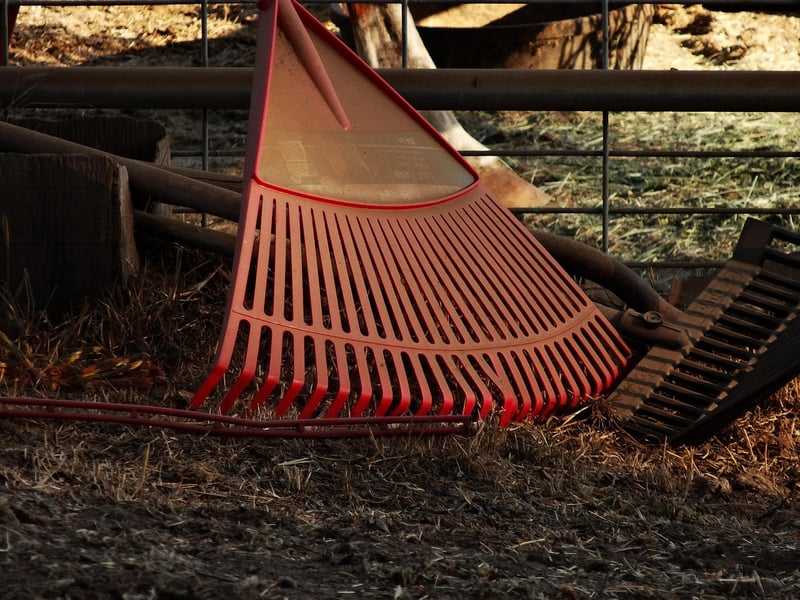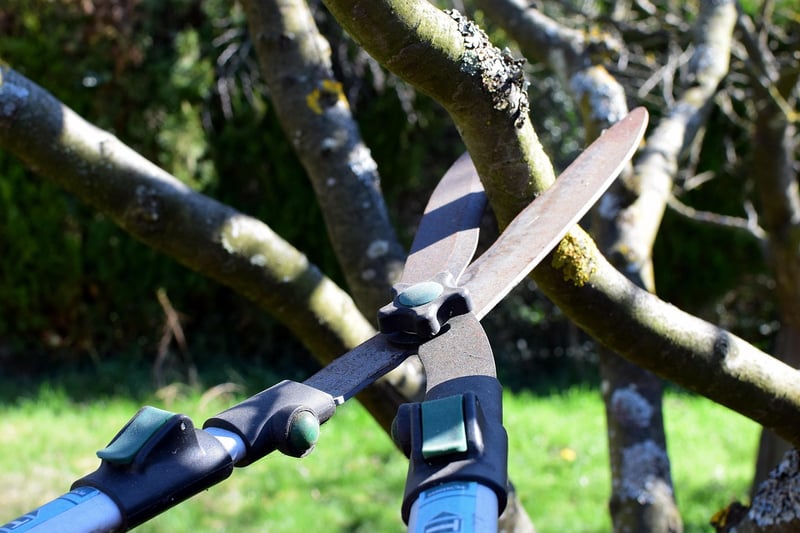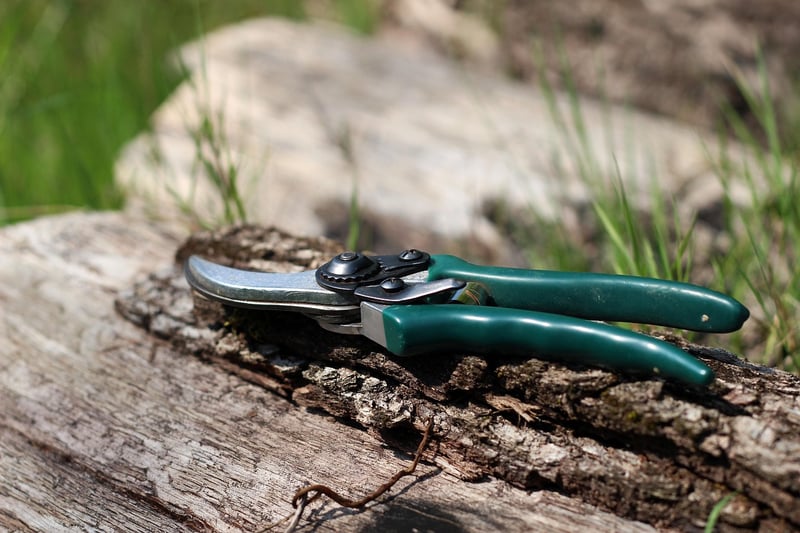Pruning Techniques
Essential Plant Maintenance and Pruning Techniques
Proper plant maintenance and pruning are crucial for the health and aesthetics of your garden. Whether you are a seasoned gardener or just starting, understanding the basics of plant care can help your plants thrive. In this article, we will discuss essential plant maintenance practices and pruning techniques to keep your garden looking beautiful all year round.
1. Watering
Water is essential for plant growth. Different plants have varying water requirements, so it's essential to understand the needs of each plant in your garden. Overwatering can lead to root rot, while underwatering can cause wilting and stunted growth. Water your plants deeply but infrequently to encourage deep root growth.
2. Fertilizing
Plants require essential nutrients to thrive. Fertilizing your plants with a balanced fertilizer can help promote healthy growth and vibrant blooms. Choose a fertilizer specifically formulated for the type of plants you are growing and follow the recommended application rates.
3. Pruning
Pruning is the process of selectively removing branches or stems from a plant to improve its structure, health, or flowering potential. Proper pruning can help promote air circulation, reduce disease risk, and encourage new growth. Make sure to use sharp, clean pruning tools to make precise cuts without damaging the plant.
Types of Pruning:
- Deadheading: Removing spent flowers to encourage new blooms.
- Thinning: Removing excess growth to improve airflow and light penetration.
- Heading back: Cutting back stems to promote bushier growth.
- Rejuvenation pruning: Severe pruning to rejuvenate an overgrown or neglected plant.
4. Mulching
Mulching helps retain soil moisture, suppresses weeds, and regulates soil temperature. Apply a layer of organic mulch around your plants to provide insulation and improve overall soil health. Mulch also adds a decorative element to your garden beds.
5. Monitoring and Pest Control
Regularly inspect your plants for signs of pests and diseases. Early detection can help prevent the spread of infestations and minimize damage to your garden. Consider using natural pest control methods or organic pesticides to protect your plants while minimizing environmental impact.
Conclusion
By incorporating these essential plant maintenance practices and pruning techniques into your gardening routine, you can create a healthy and thriving garden that will bring you joy year after year. Remember to observe your plants regularly, adjust your care routine as needed, and enjoy the beauty of your flourishing garden.


